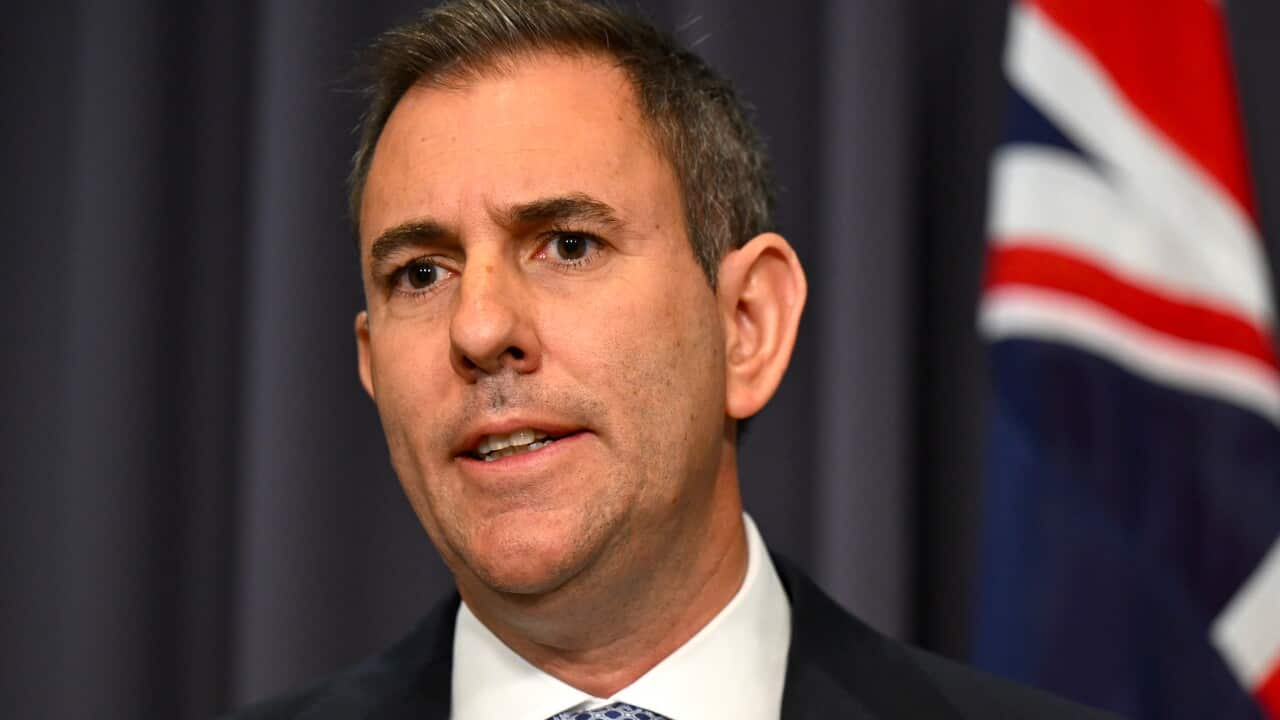The Coalition has released its much-anticipated policy costings, pledging to lower national debt by $40 billion over the forward estimates, and axe more than $60 billion of government spending.
The savings would come from:
- Ditching
- Reversing Labor's choice to reduce tax benefits for superannuation accounts exceeding $3 million
- Axing the $10 billion Housing Australia Future Fund, the $20 billion Rewiring the Nation program, and s and electric vehicle subsidies
- Revoking
- Scrapping
While the Coalition's costings project a $14 billion improvement in the budget position over four years, the first two years of a Dutton government would see greater fiscal deficits.
The budget deficit is projected to increase by $5.6 billion in the 2025-26 financial year and to be $2.3 billion worse off the following year, compared to pre-election forecasts. The next two financial years are expected to show improvements of $9.5 billion and $2.2 billion.
Opposition Treasury spokesperson Angus Taylor said it was "the biggest improvement in the budget position since the current costing conventions were put in place almost 15 years ago".
He said this was a result of cost-of-living pledges designed to "make the Australian lifestyle more affordable", specifically citing
The Coalition also plans to reduce foreign aid by over $800 million, but Indonesia and the Pacific have been spared in the name of strategic security.
Ahead of the release, the Coalition also stated that savings would come from slashing "unsustainable public servant increases".
Opposition leader .
Questioned about the promise during a press conference on Thursday, Opposition finance spokesperson Jane Hume reiterated claims that the cuts wouldn't threaten essential services or national security.
She said around 5,000 of the 41,000 jobs that would be cut were those that hadn't yet been created or filled.
When asked whether the Coalition was still planning to only cut positions in Canberra, Hume replied: "Focused on Canberra".
Meanwhile, the Opposition's controversial would set the budget back by $118 billion through to 2050.
Deputy Prime Minister Richard Marles said on Thursday the costings from the Opposition should not be taken seriously.
Economists criticise major parties' timing
The election costings, released just days before the federal election, leave voters little time to digest the numbers.
However, while the Coalition has come under fire from the government for the timing of the release, Labor also waited until the Thursday before the election to release its costings when contesting the 2022 election from opposition.
Labor released its costings for this campaign on Tuesday, and the Coalition has argued it needed to wait for that document before crunching its own numbers.
The government argues most of its costings were included in the federal budget on March 25.
AMP chief economist Shane Oliver said the timing wasn't surprising.
"Both sides of politics (tend to) do these sort of tricks," Oliver told AAP.
"It's ultimately designed to avoid too much focus on them," Oliver said.
Independent economist Chris Richardson echoed the sentiment, arguing both sides should have released costings of notable policies weeks ago.
'Gambling with Australia's AAA rating'
Despite global inflation surging after the COVID-19 pandemic and Russia's invasion of Ukraine, Taylor said Australia's cost of living crisis was "not bad luck" but "bad management".
"Labor has delivered the longest per-capita recession on record and the biggest collapse in living standards in the developed world," he said.
"After raking in almost $400 billion in extra revenue, Labor chose to splurge instead of save, leaving Australians more exposed to the next economic shock."
Hume referred to "Labor's decade of deficits" as "a warning sign".
"They’ve ignored the [International Monetary Fund] and credit agencies and are gambling with Australia’s AAA credit rating," she said.
"This won’t just affect business but would impact all Australians."
But hours before Labor released its election costings, American credit agency S&P Global Ratings warned that costly commitments from both parties could threaten Australia's AAA credit rating.
"How the elected government funds its campaign pledges and rising spending will be crucial for maintaining the rating," the agency said.
Before the Coalition lost power in 2022, the federal budget was also projecting a decade of deficits, but Labor delivered two near-record surpluses thanks to windfalls from high commodity prices and strong employment.
Economists have broadly criticised both major parties' election spending commitments, which have competing tax cut pledges but no plans for structural budget reform.
What did Labor's costings reveal?
Labor's costings, released on Tuesday, showed a $7 billion budget improvement, delivered through a slash in spending on consultants and labour hire as well as
If re-elected, Labor would raise the international student fee from $1,600 to $2,000.
The fee increase is anticipated to deliver $760 million to the budget over the forward estimates.
The Coalition will also increase student visa fees, charging $5,000 for Group of Eight universities and $2,500 for all other international students.
Labor says it will save an additional $6.4 billion from reducing spending on consultants, contractors and labour hire, as well as non-wage expenses like travel, hospitality, and property.
The cumulative budget deficit would reduce from $151.6 billion to $150.5 billion as a result of the changes.
Visit the to access articles, podcasts and videos from SBS News, NITV and our teams covering more than 60 languages.





